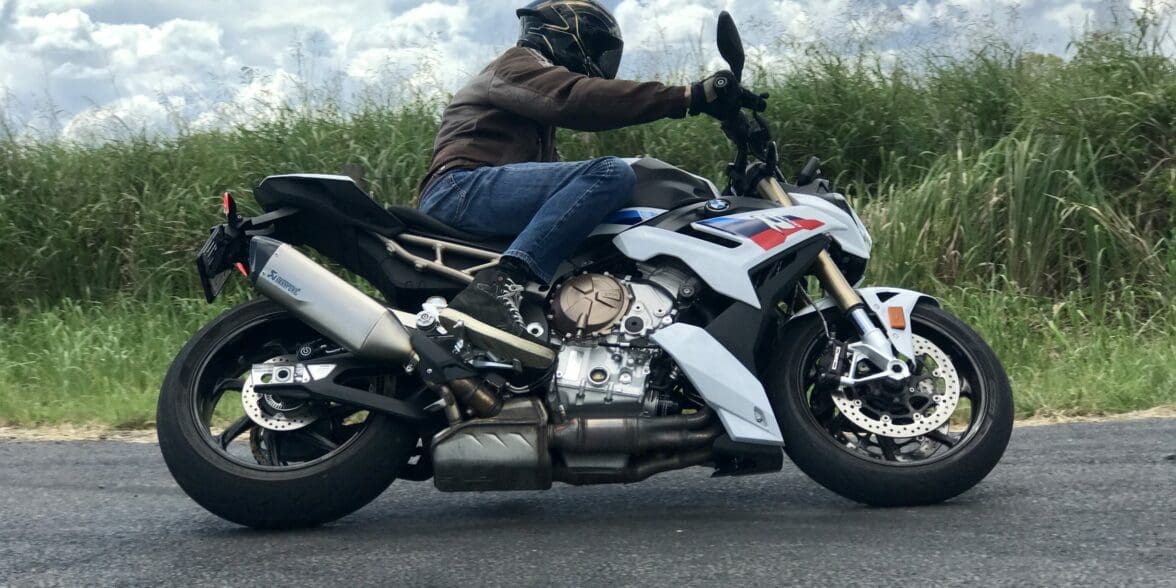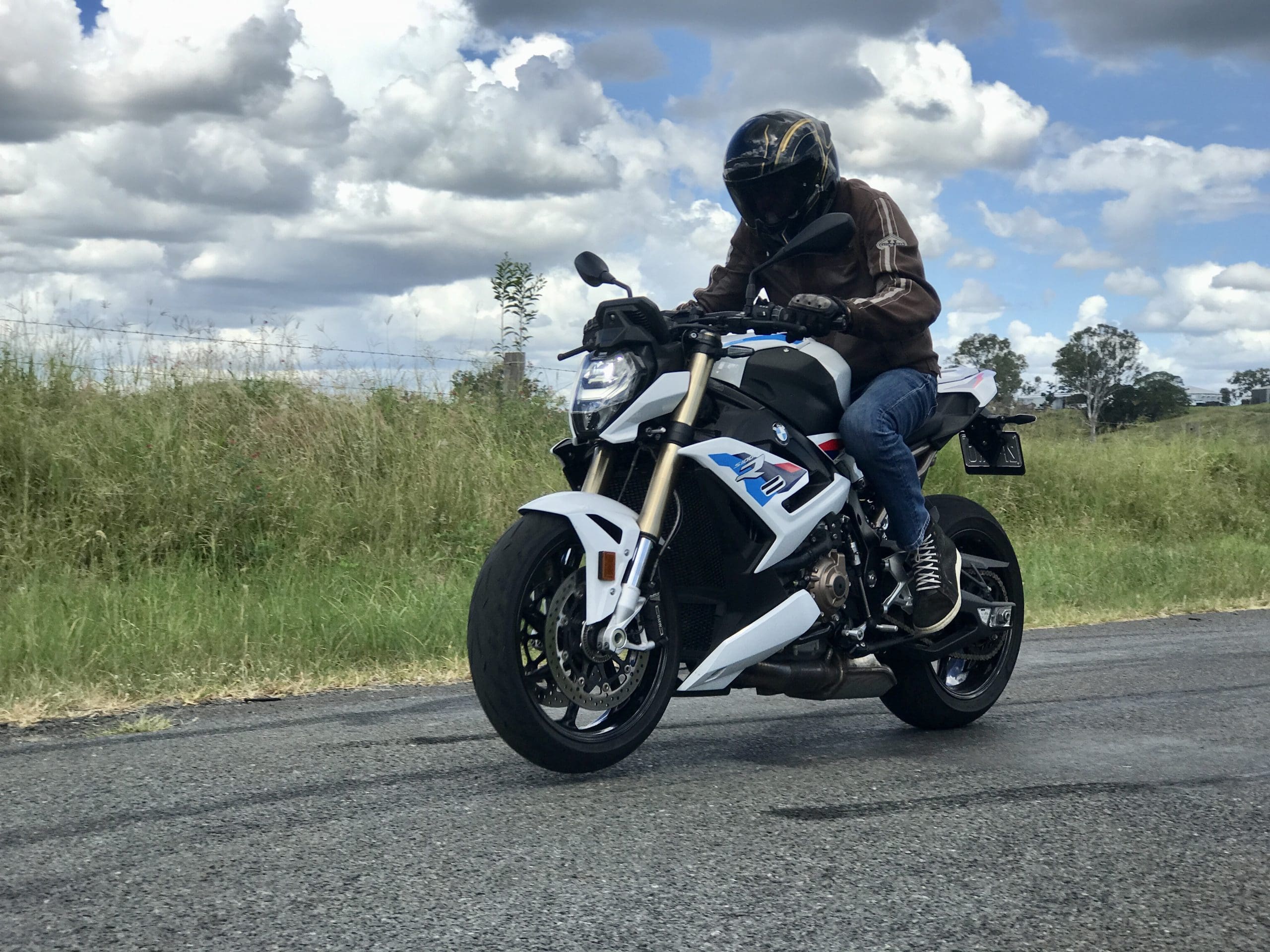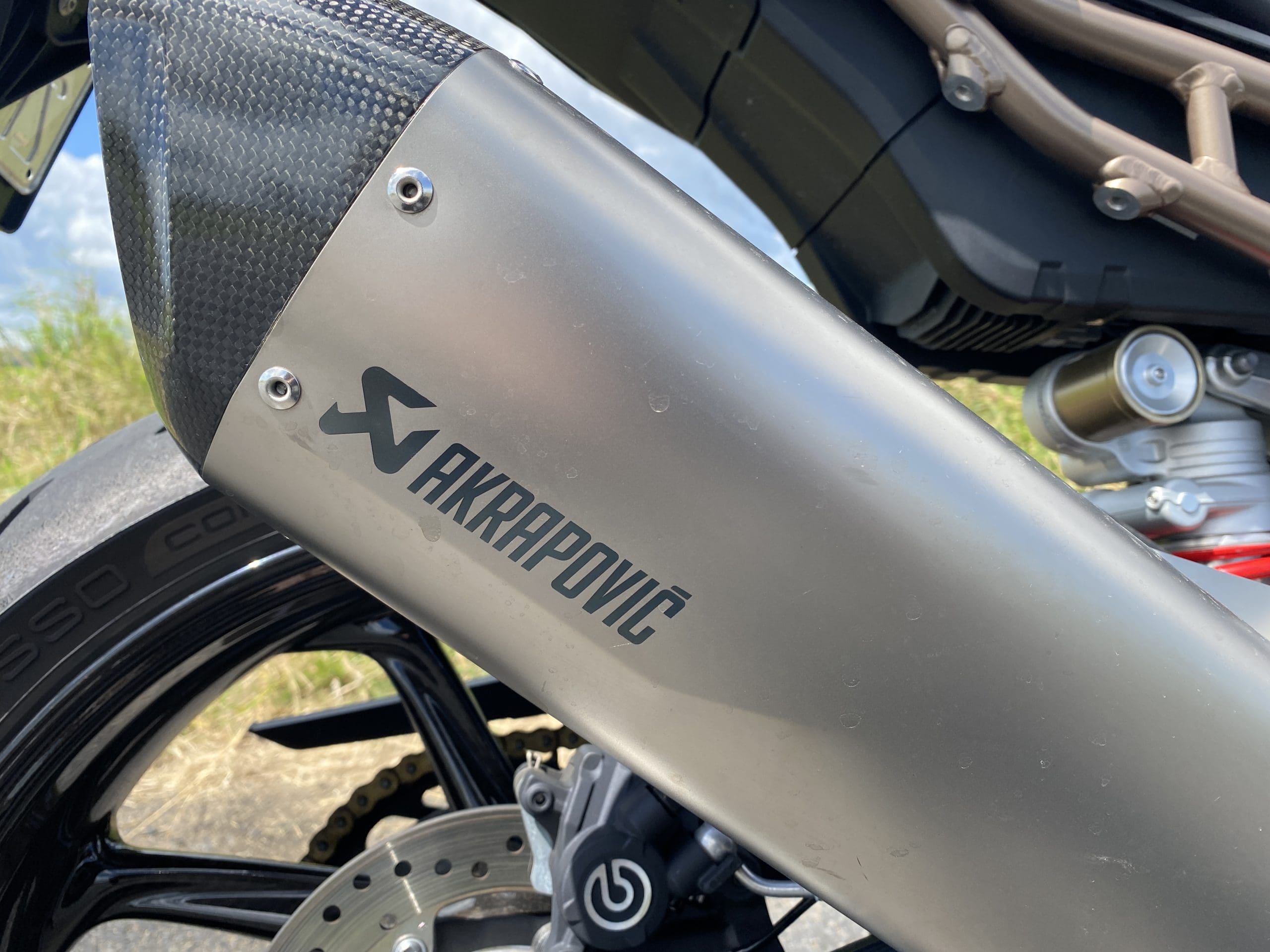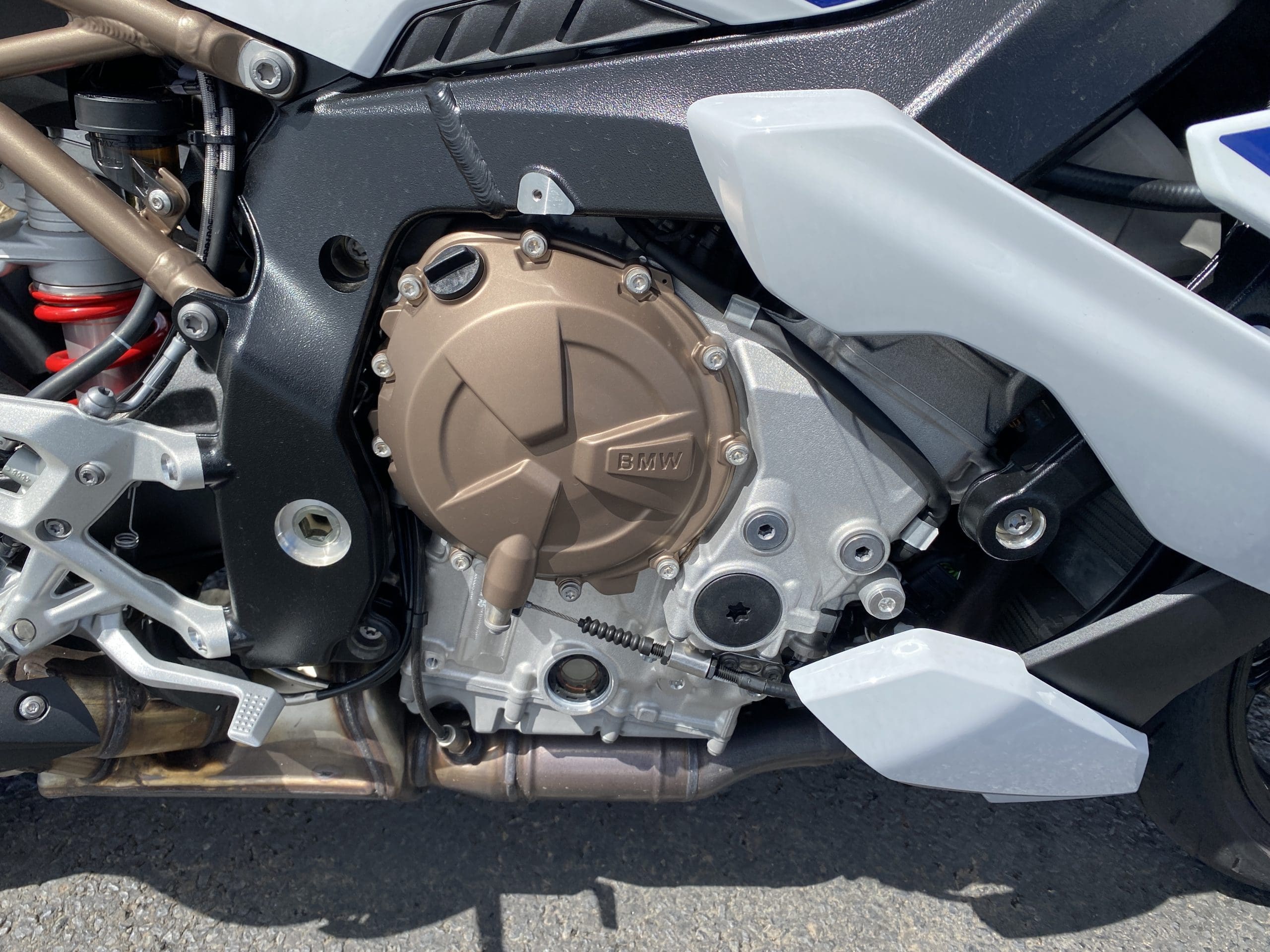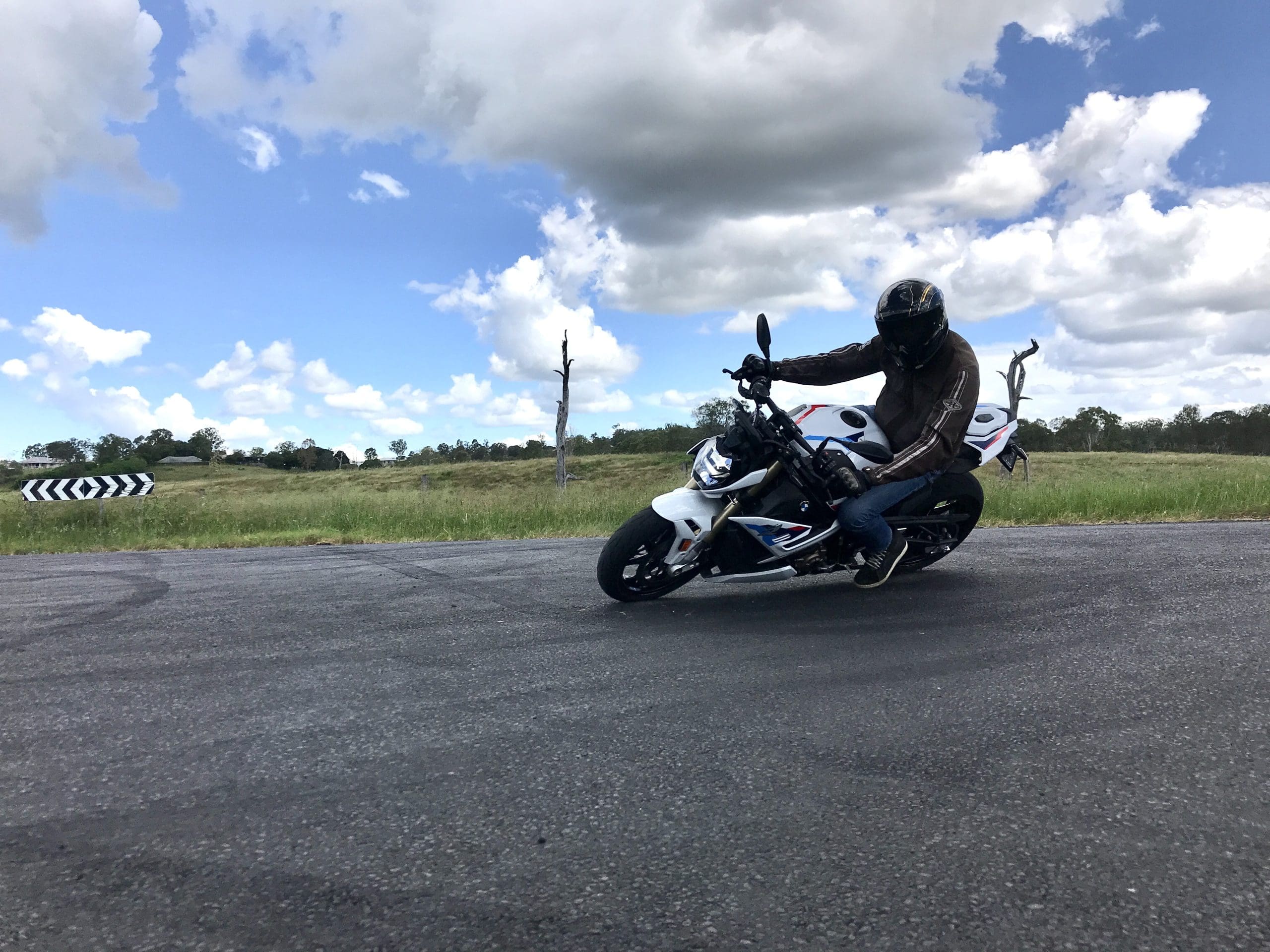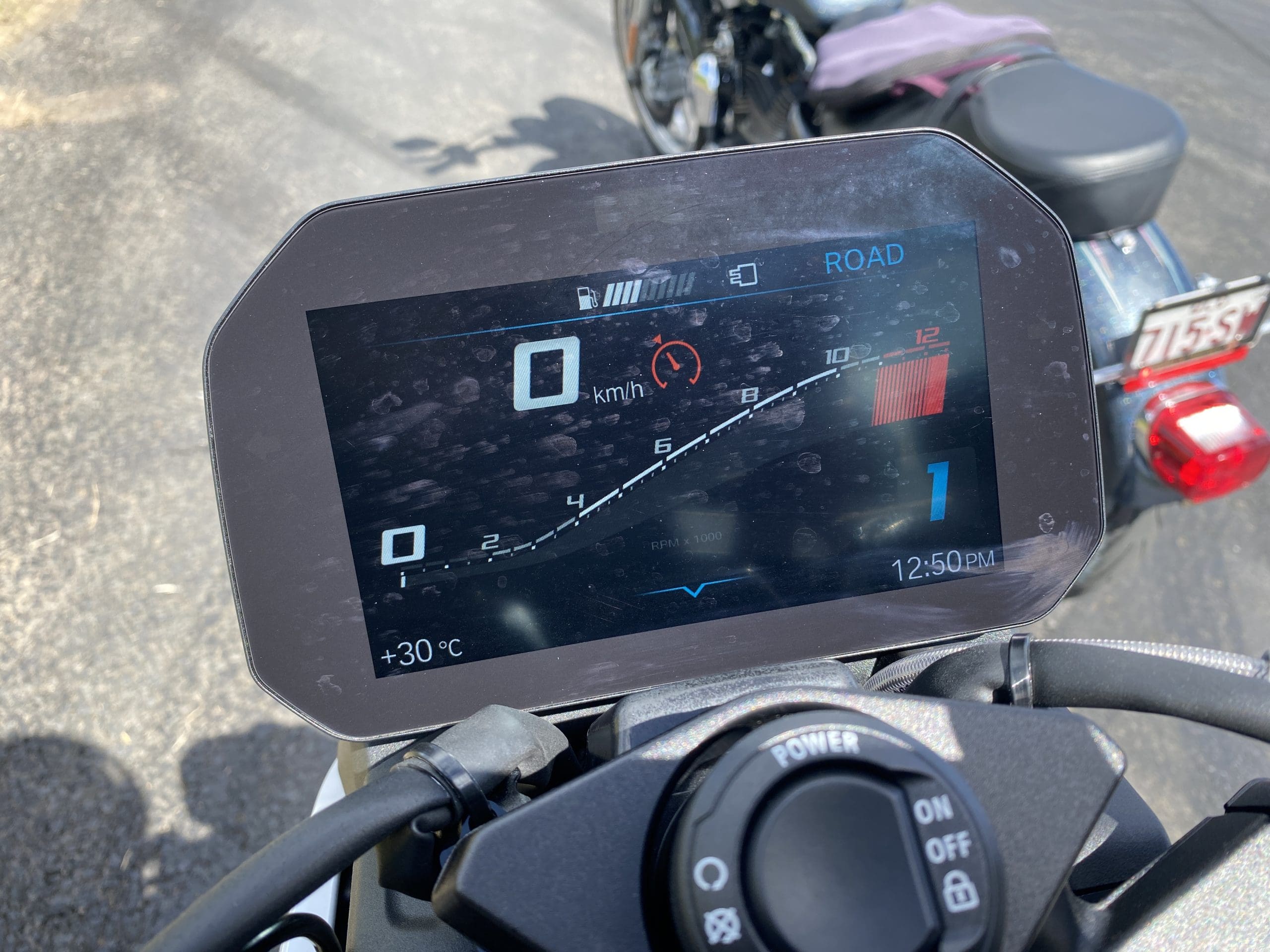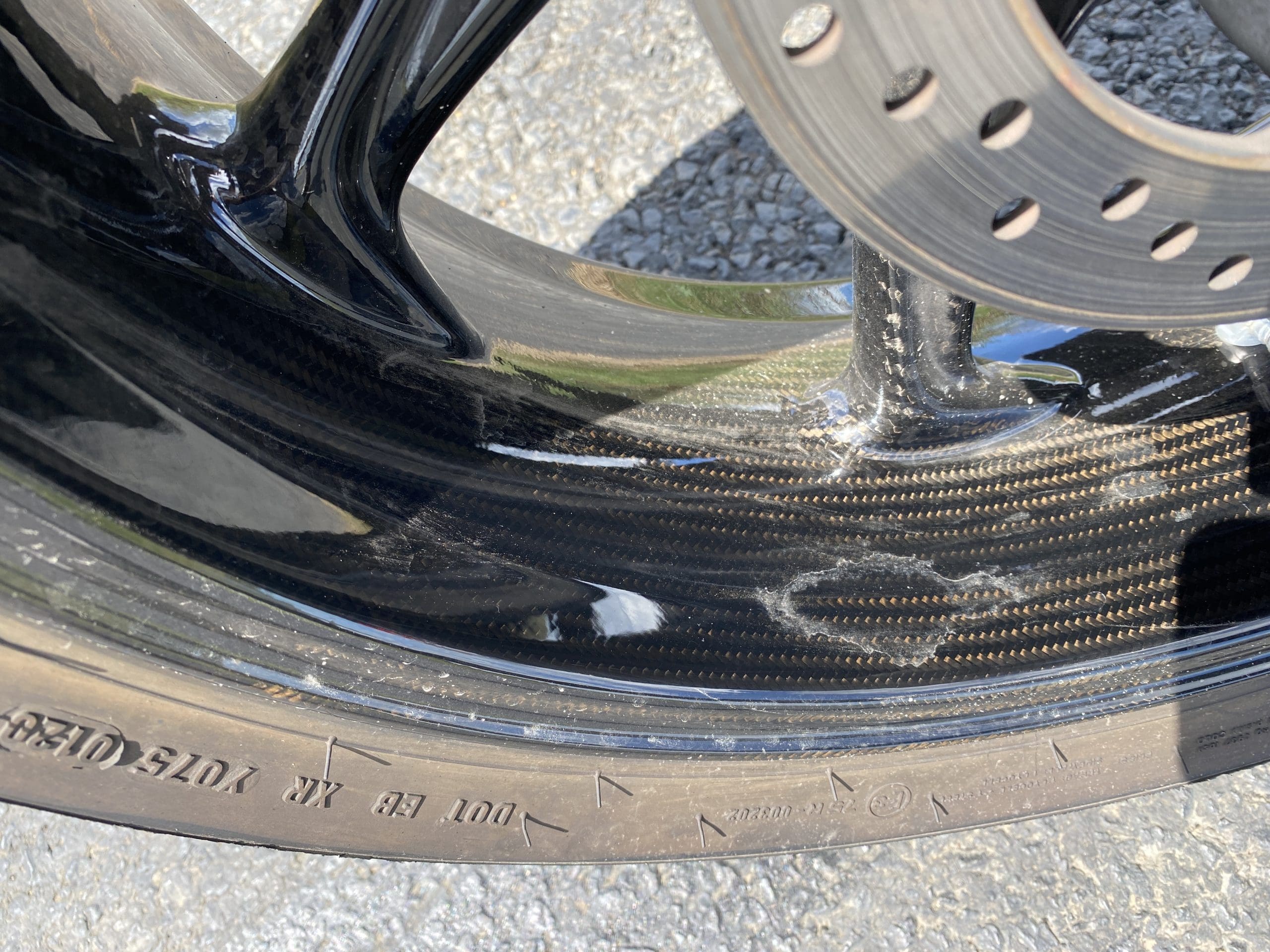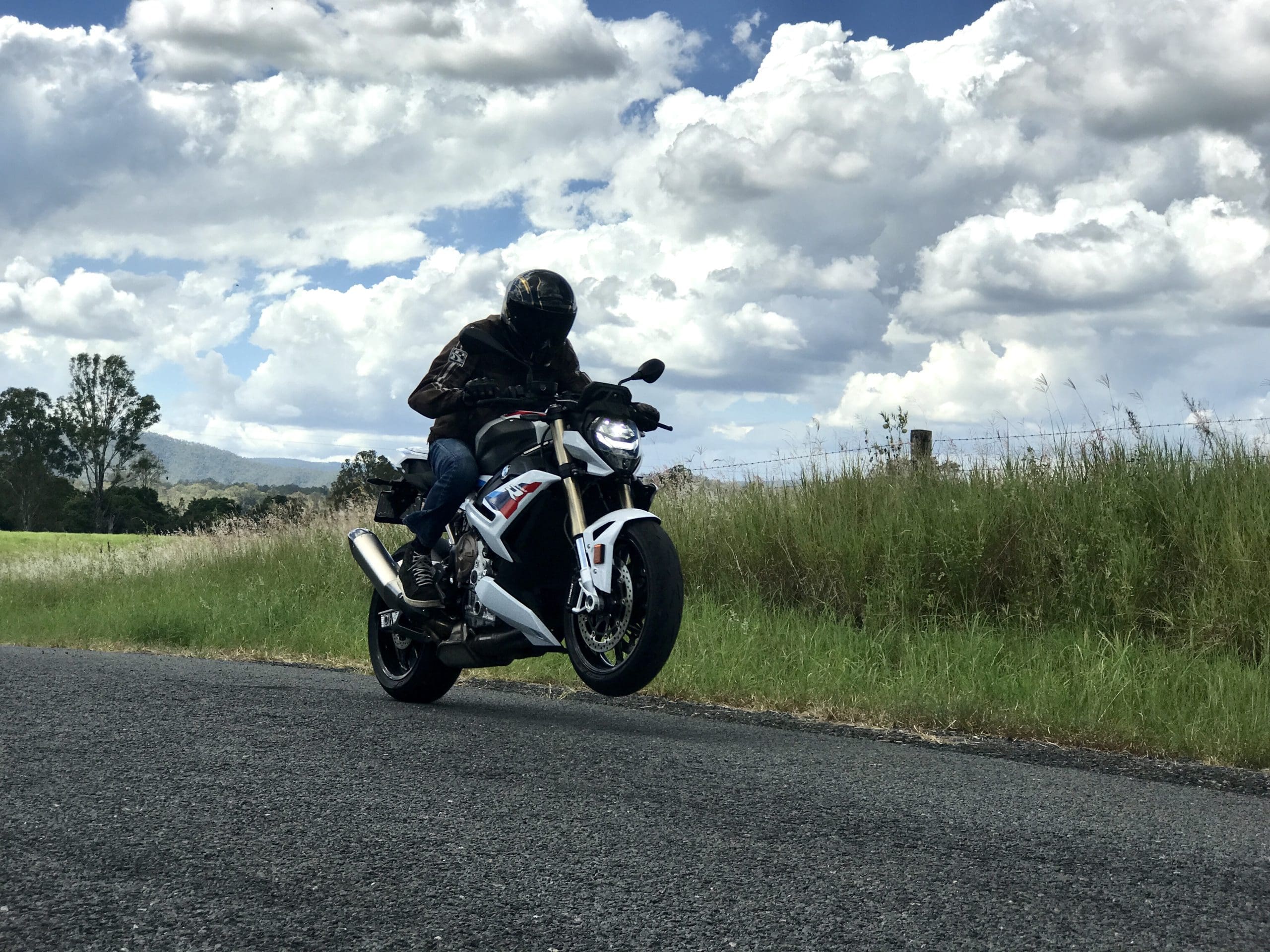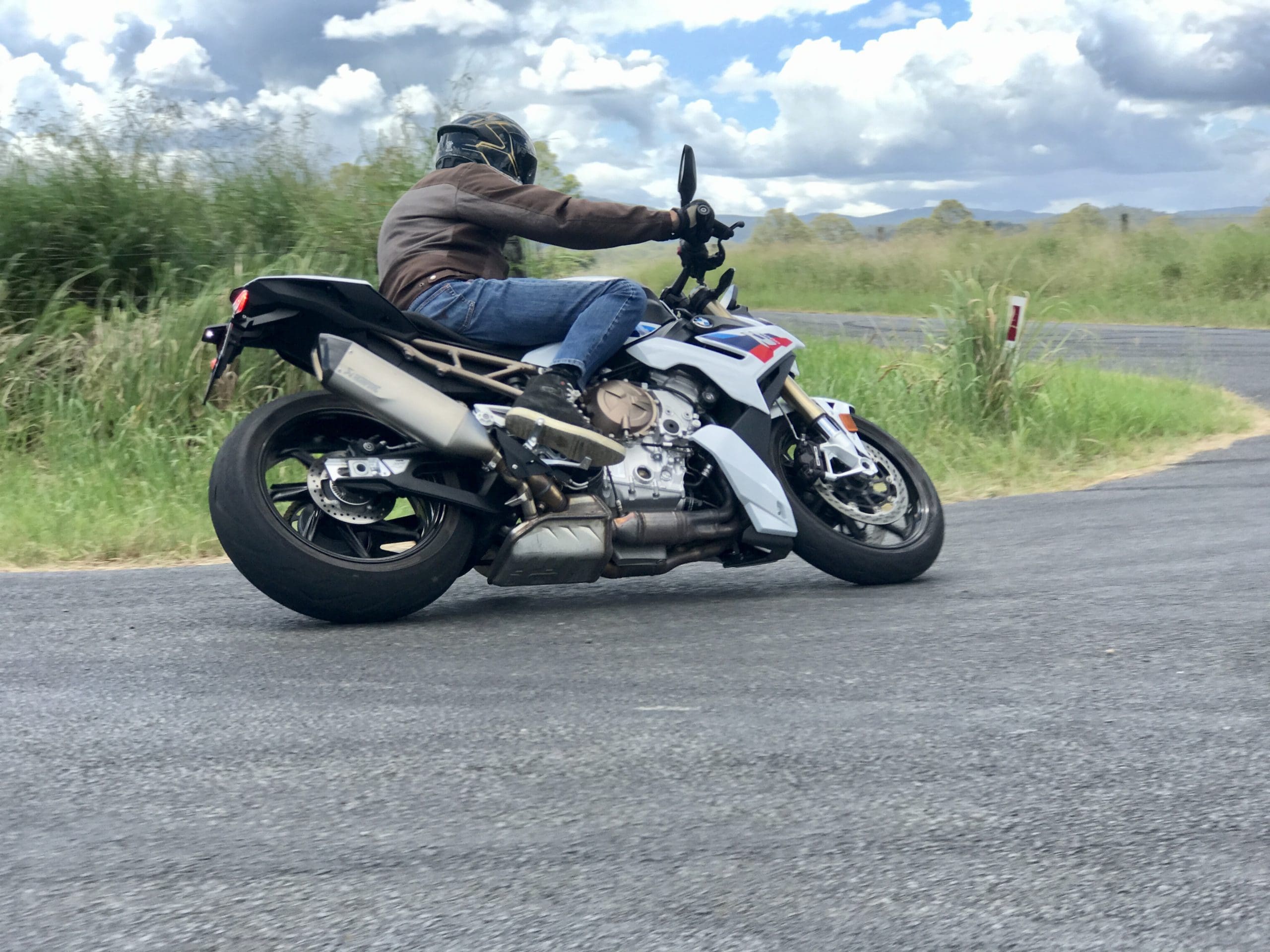Many auto companies have motorsport editions of their production vehicles with an host of modifications and sporty extras.
Mercedes has AMG, Toyota has TRD, while Holden had HSV until 2020 and Ford stopped their FPV range in 2014.
BMW’s “M” for “Motorsport” started as a purely racing venture in the 1960s but gradually began spreading to production models.
The M model code stood for performance with more powerful engines, better suspension and brakes, plus styling touches including M badging featuring the iconic light blue, dark blue and red stripes.
Now BMW has extended its M range from cars to motorcycles, first with the S 1000 RR M sports bike in 2018 and the S 1000 R M-Sport street fighter in 2022.
Some critics claim the performance features of M badged cars has been lacking in recent years and that the badging has become a cynical styling exercise.
In the motorcycle division, BMW M badging on the S 1000 RR means special paint, carbon fibre wheels, a lighter battery, a sport seat, and rear ride height adjustability.
No changes to engine, brakes or suspension, although it has to be said that the S 1000 RR is already a potent performer.
Now the S 1000 R gets a similar M treatment with carbon fibre wheels and highlights, BMW’s quick shift pro, Akrapovič exhaust, endurance chain, lightweight battery, extra screen info and M badging. It’s also about 5kg lighter than the standard model at a lithe 194kg.
The “base model” S 1000 R costs $20,650 (plus on-road costs), the S 1000 R Sport is $24,390, S 1000 R Race costs $26,890 and the M, which is based on the Sport, costs $31,990.
Considering aftermarket carbon-fibre wheels would cost about $5000, an Akrapovič exhaust is about $1700 and the lighter battery and endurance chain add a few hundred dollars more, the premium for the M over the Sport is about right.
Besides, you will have a bike that is rare and exclusive.
You will also have a bike that you can ride to the track on Sunday to unleash its enormous performance potential, then commute to work on Monday.
Unlike many performance bikes which are unrideable unless you are on the limit, this has excellent real-world road manners, agile yet forgiving ride characteristics and a smooth and faultless transmission with anti-hopping clutch.
The R version of the sportsbike’s water-cooled four-cylinder in-line 999cc engine is “downtuned” from 152kW at 13,500 revs to 121kW with just 1Nm more of torque at 114Nm.
It’s a mechanically quiet, but stirring unit that spins up quickly and smoothly with plenty of meat right throughout the range and an unbelievably dizzying response once it revs above 7000.
Riders can chose from four engine modes (Rain, Road, Dynamic and Dynamics Pro) to compliment terrain and riding style.
The electronics package is complemented by Dynamic Traction Control (DTC) so you can harness the brute power without drama.
And for those who want to tour the countryside in Road mode at a more sedate and comfortable scenery-watching pace, there is cruise control, hand warmers, self-cancelling indicators and semi-active suspension which you can adjust for pillion and rider behaviour.
Rounding out the suite of high tech are LED lighting, keyless ignition, tyre pressure monitor and the motorcycle version of BMW’s iDrive with a rotating ring controller on the left handlebar.
It allows the rider to scroll through and modify so many of the parameters of the bike, check on its status and even engage a pit-lane limiter and lap timer for track days.
You can also modify the look and info of the large iPad-style TFT screen which is one of the biggest and clearest on any motorcycle I’ve ridden with hardly any annoying glare from the sun. Why can’t all motorcycle screens be as good?
The 2022 S 1000 R range already features many updates that make it a better performer, including lighter drive and chassis, engine drag torque control (MSR) to prevent rear-wheel lock-ups under downshifts and improved suspension with Flex Frame construction.
But it is the carbon fibre wheels which make the biggest difference in the M model.
If you’ve never ridden a bike with these lightweight cannon fibre wheels, you are missing a treat.
They not only look superb, but affect so much of the bike’s performance.
With less weight, there is less inertia which means faster acceleration, quicker stopping times, lighter and more accurate steering, plus faster change of direction.
The suspension also works better because there is less mass for the springs and shock absorbers to deal with.
So it rides the bumps easier and is more efficient at keeping the wheels on the road over corrugations.
It’s not a plush ride, though. After all, this is a thoroughbred sporting machine, so the ride is firm, yet fair.
So is the M sport seat. It’s good for a tank full of fuel (16.5 litres at 6.2L/100km) by which stage you will want to stretch and massage your buttocks.
The ride position is less aggressive than the RR thanks to the wide bars which have a slight downward bend and are not too wide for lane filtering duties.
That’s what makes this bike a great allrounder for those who want a track-day tool that can also handle a weekend ride through the back roads and the daily commute.
BMW S 1000 R M tech specs
- Price: $31,990 + ORC
- Warranty: 2 years/unlimited km.
- Engine: water-cooled, 999cc, in-line four-cylinder.
- Power: 121kW @ 11,000rpm
- Torque: 114Nm @ 9250rpm.
- Gearbox: 6-speed, chain drive.
- Weight: 194kg.
- Suspension front/rear: 45mm upside-down fork, fully adjustable, 120mm travel; rear shock with compression and damping adjustment and semi-active preload, 117mm travel.
- Brakes front/rear: 320mm discs with four-piston fixed caliper; 220mm disc with one-piston floating caliper , ABS Pro.
- Dimensions: 2090mm (L); 812mm (W); 1115mm (H); 1450mm (WB); 830mm (S)


